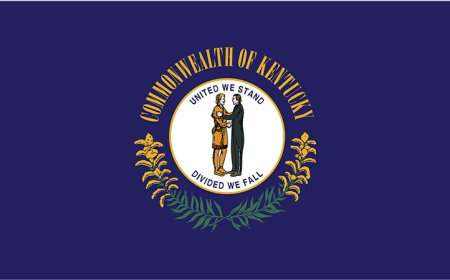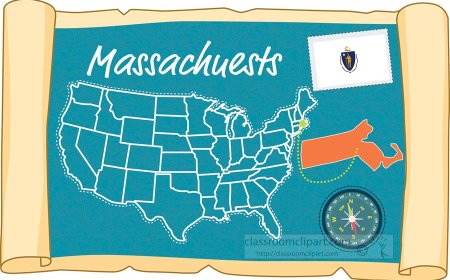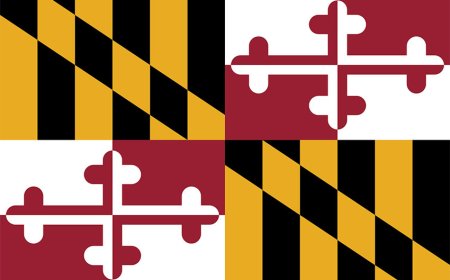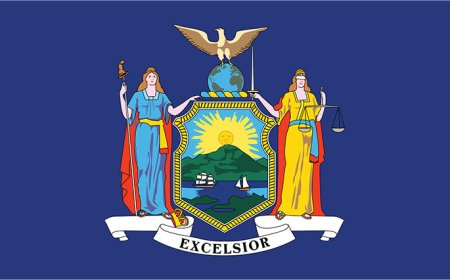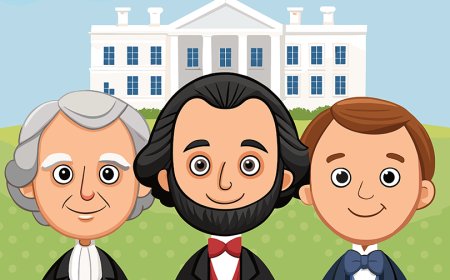Florida Facts for Kids: State Symbols, History, Geography, and Fun Activities
Explore Florida with this kid-friendly guide! Learn about the Sunshine State’s history, geography, wildlife, famous landmarks, and fun facts perfect for students and teachers

Introduction
Florida, nicknamed “The Sunshine State,” stretches between the Atlantic Ocean and the Gulf of Mexico. Its warm climate, long coastline, and varied landscapes—from sandy beaches to freshwater springs—have made it important for exploration, trade, and modern industry. Over 500 years ago Spanish explorers landed here, and later Florida became a center for citrus farming, space exploration, and tourism. Today, its people and wildlife continue to shape a vibrant and diverse state.
Quick Fact Box
- Statehood: March 3, 1845 (27th state)
- Capital: Tallahassee
- Largest City: Jacksonville
- Nickname: The Sunshine State
- Motto: In God We Trust
- Area: 65,758 square miles
- Population: About 22 million
- State Bird: Northern Mockingbird
- State Flower: Orange Blossom
- State Tree: Sabal Palm
- Highest Point: Britton Hill (345 ft)
- Lowest Point: Atlantic Ocean (0 ft)
Where in the USA
Florida is in the southeastern corner of the United States. It is a long peninsula bordered by Alabama and Georgia to the north, the Atlantic Ocean to the east, and the Gulf of Mexico to the west. The Florida Keys extend like a string of islands toward Cuba at the state’s southern tip.
Landmarks and Attractions
- Walt Disney World Resort (Orlando): A complex of theme parks and attractions beloved worldwide.
- Everglades National Park: A vast wetland where alligators, manatees, and wading birds live.
- Kennedy Space Center (Cape Canaveral): NASA’s launch site for rockets traveling into space.
- St. Augustine: The oldest continuously inhabited European settlement in the continental U.S., featuring a 17th-century Spanish fort.
- Dry Tortugas National Park: A remote island park reached by boat, home to historic Fort Jefferson and crystal-clear waters.
Florida State Symbols
| Bird | Northern mockingbird |
|---|---|
| Flower | Orange blossom |
| Tree | Sabal palm |
| Motto | In God We Trust |
| Nickname | Sunshine State |
| Mammal | Florida panther |
| Insect | Zebra longwing |
| Fish | Largemouth bass |
| Gemstone | Agatized coral |
| Mineral | Phosphate |
| Fossil | Coquina |
| Soil | Myakka fine sand |
| Song | Old Folks at Home |
State Symbols & Emblems
- Northern Mockingbird: Recognized for its ability to mimic other birds’ songs.
- Orange Blossom: Blooms in spring, symbolizing Florida’s citrus industry.
- Sabal Palm: Known locally as the cabbage palm, valued for its durability and beauty.
- State Seal: Features a steamboat, a sabal palm, and a Seminole woman scattering flowers, representing Florida’s heritage and natural resources.
People, Culture & Economy
Florida’s culture combines Native American, Spanish, Caribbean, and American influences. English, Spanish, and Creole languages are common. Major industries include tourism, agriculture (especially citrus and sugarcane), aviation, and space technology. Seasonal festivals celebrate seafood, music, and cultural heritage, while museums and historical sites preserve stories of Florida’s past.
Famous People from the State
- Ariana Grande: Grammy-winning singer and actress, born in Boca Raton.
- Tim Tebow: Heisman Trophy winner and NFL player from Jacksonville.
- Walt Disney: Pioneered a world-renowned resort and theme-park industry in Orlando.
- Gabrielle “Gabby” Douglas: First African American gymnast to win individual all-around Olympic gold (2012), raised in Florida.
- Scott Stapp: Rock singer and frontman of Creed, born in Orlando.
Climate, Ecosystems & Conservation
Florida’s climate ranges from humid subtropical in the north to tropical in the south. The rainy season runs from May to October, bringing afternoon thunderstorms. Ecosystems include beaches, wetlands, pine flatwoods, and coral reefs. Conservation efforts focus on protecting water quality, restoring seagrass beds, and safeguarding endangered species such as the Florida panther and manatee.
Government, Education & Everyday Life
Florida’s governor and a bicameral legislature meet in Tallahassee to make state laws. The public-school system includes thousands of elementary, middle, and high schools. Major universities include the University of Florida (Gainesville) and Florida State University (Tallahassee). Everyday life often involves beach outings, boating, attending sporting events, and participating in community festivals.
Fun Facts
- Florida produces over 70% of the nation’s oranges and grapefruits.
- The first scheduled commercial airline flight in the U.S. flew from St. Petersburg to Tampa in 1914.
- Florida has more than 4,000 named lakes and ponds.
- The Sunshine Skyway Bridge spans Tampa Bay at a length of nearly 5.5 miles.
- In winter, manatees gather in warm springs to escape cooler Gulf waters
Vocabulary Words
- Peninsula: A landform surrounded by water on three sides (e.g., Florida).
- Wetland: Land that is saturated with water, either permanently or seasonally, like the Everglades.
- Subtropical: A climate zone with mild winters and hot, humid summers, found in northern Florida.
- Habitat: The natural environment where an animal or plant lives.
- Conservation: The protection and careful management of natural resources and wildlife.


















































